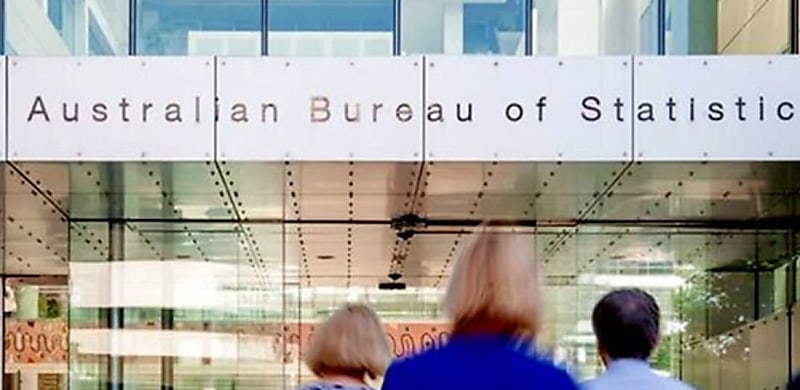
The latest Monthly Household Spending Indicator released by the ABS has revealed almost a 12 per cent increase in February 2023.
Compared to the same period last year, household spending rose 11.8 per cent in February, according to the latest figures by the Australian Bureau of Statistics (ABS). Household spending increased for both goods and services throughout the year at 6.1 per cent and 17.6 per cent respectively.
To continue reading the rest of this article, please log in.
Looking for more benefits? Become a Premium Member.
Create free account to get unlimited news articles and more!
Looking for more benefits? Become a Premium Member.
In addition, non-discretionary spending was also up 17.5 per cent (driven by spending on transport and catering services), while discretionary spending was up 5.8 per cent for the same period (driven by recreation and culture and clothing and footwear).
ABS head of business indicators Robert Ewing said that this represented slower growth in household spending, as “through-the-year” spending dropped to its lowest rate since March 2022.
He added that spending on discretionary goods and services recorded the “smallest through-the-year percentage growth since January last year”, due to ongoing adjustments from households to cope with cost-of-living pressures.
Overall, the increase in household spending was driven by hotels, cafes and restaurants (up 25.9 per cent) and transport (up 25.7 per cent).
Spending on food recorded the highest through-the-year percentage rise since March 2020 at 12.8 per cent. According to the ABS, this partly reflected higher grocery prices.
However, NAB’s Monthly Data Insights has revealed consumer spending declined in March by 1 per cent after a flat result in February. Total spending rose 2 per cent over the past three months and 7.3 per cent year on year.
Additionally, the insights report revealed that discretionary spending “declined noticeably” during March, while non-discretionary spending “only edged down slightly” with total nominal spending being 2 per cent higher than Q4 2022 over the three months of Q1.
NAB chief economist Alan Oster said: “Our monthly transaction data suggests spending turned a corner in March with total spending declining (in seasonally adjusted terms) after holding up through more than a year of high inflation and rising interest rates.”
“The long period of rebalancing between goods and services spending looks to have run its course with both categories declining – the first significant monthly decline in services spending since the Omicron wave in January 2022.
“In total, nominal consumer spending was up 2% over the course of Q1. Given that inflation is still high, this suggests another quarter of modest real consumption growth is likely when national accounts data become available,” Mr Oster stated.
[RELATED: CommBank HSI index falls in February]
 Login
Login










JOIN THE DISCUSSION